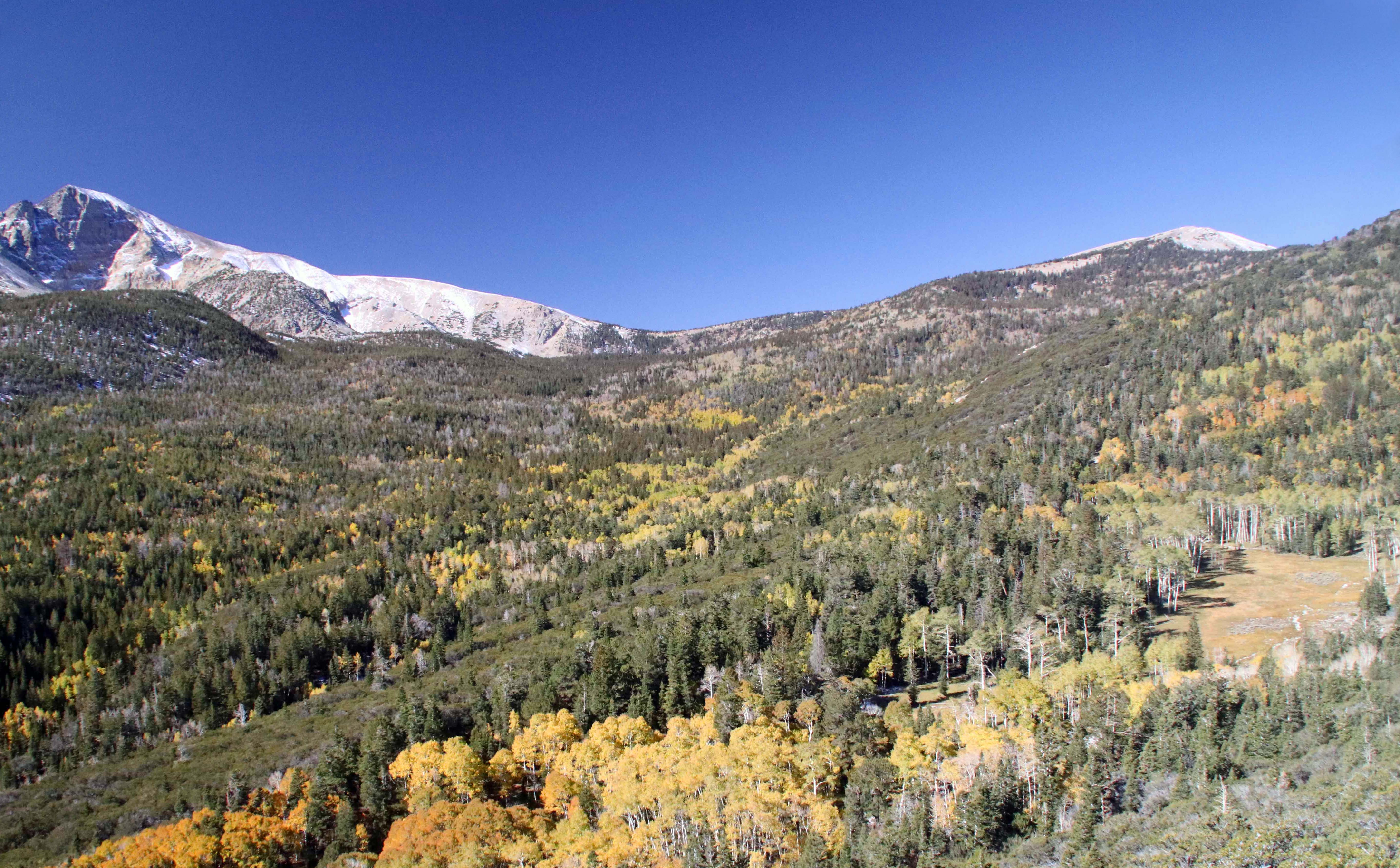
The tallest mountain in Great Basin National Park; (13,065 feet) the tallest in 180,000 square miles. Ezra Granger Williams was the leader of an exploring party from the new Mormon settlements in southern Utah Territory and he claimed to be the “first white man that gained its exalted summit.” Williams’ guide, a Pavant Ute named Nioquitch, said the mountain was called “Pe-up.” A Native American woman they met near the summit probably called the mountain “Too-bur-rit,” a local Shoshone name. Ezra Williams named it “Williams Peak,” after himself. None of the names were destined to last.
Lieutenant Colonel Edward Steptoe, U.S. Army Corps of Topographical Engineers, viewed the imposing mountain from a distance in that same year. Steptoe named it in honor of his superior, Secretary of War Jefferson Davis. Soon, “Jeff Davis Peak” became the official and commonly accepted title. But within a few years, after Davis resigned his former Senate seat and became a leader of the secessionist cause.
One U.S. Army officer in 1859 was surveying wagon roads across the central Great Basin proposed renaming the mountain “Union Peak.” He explained that a ridge united the mountain’s twin summits; but the name also was a plain reference to the growing national strife and an alternative to “Jeff Davis.” Captain Simpson went to war before completing his report. Publication was still postponed in 1869, when another Army mapping expedition approached the mountain, led by a 27-year-old lieutenant named George Montague Wheeler.
